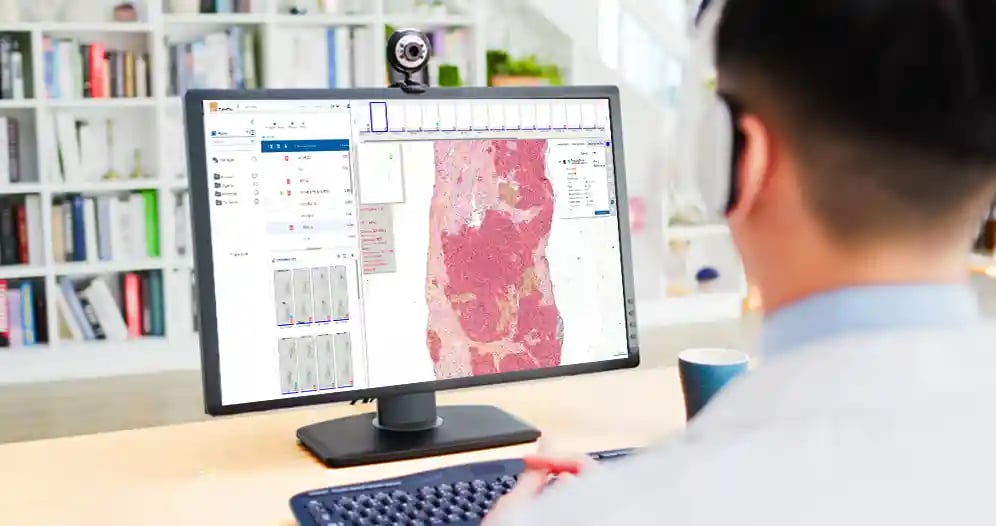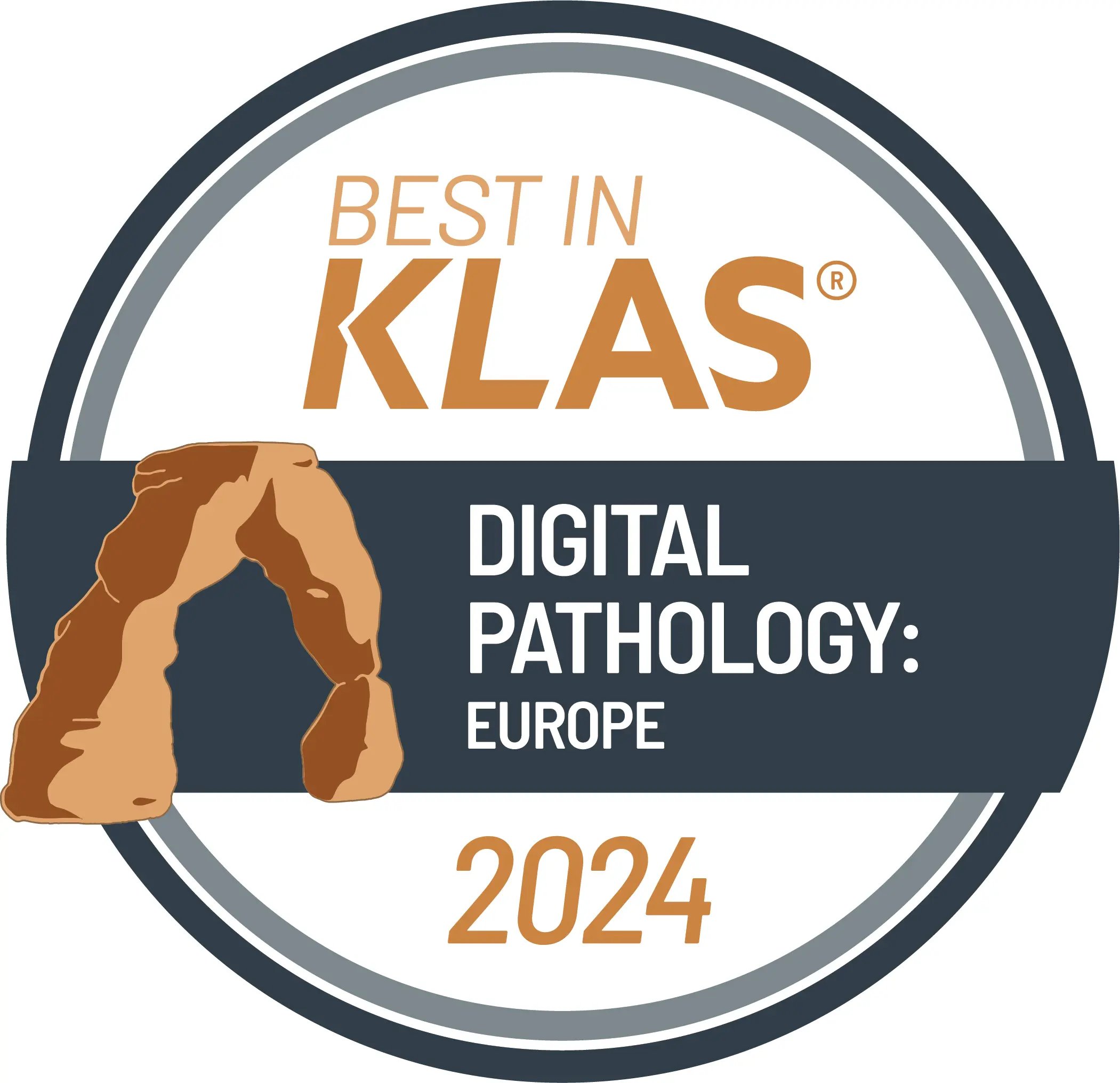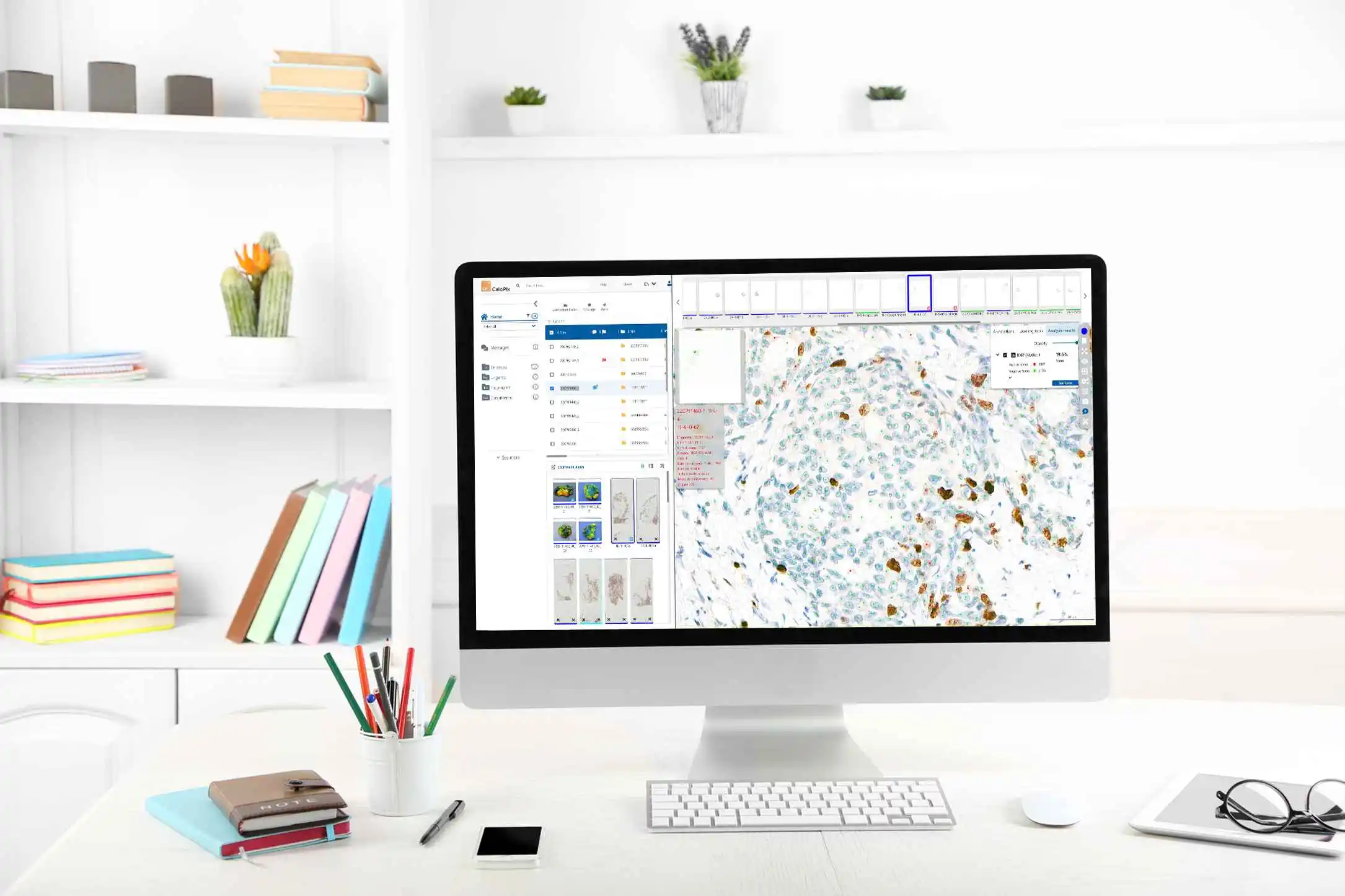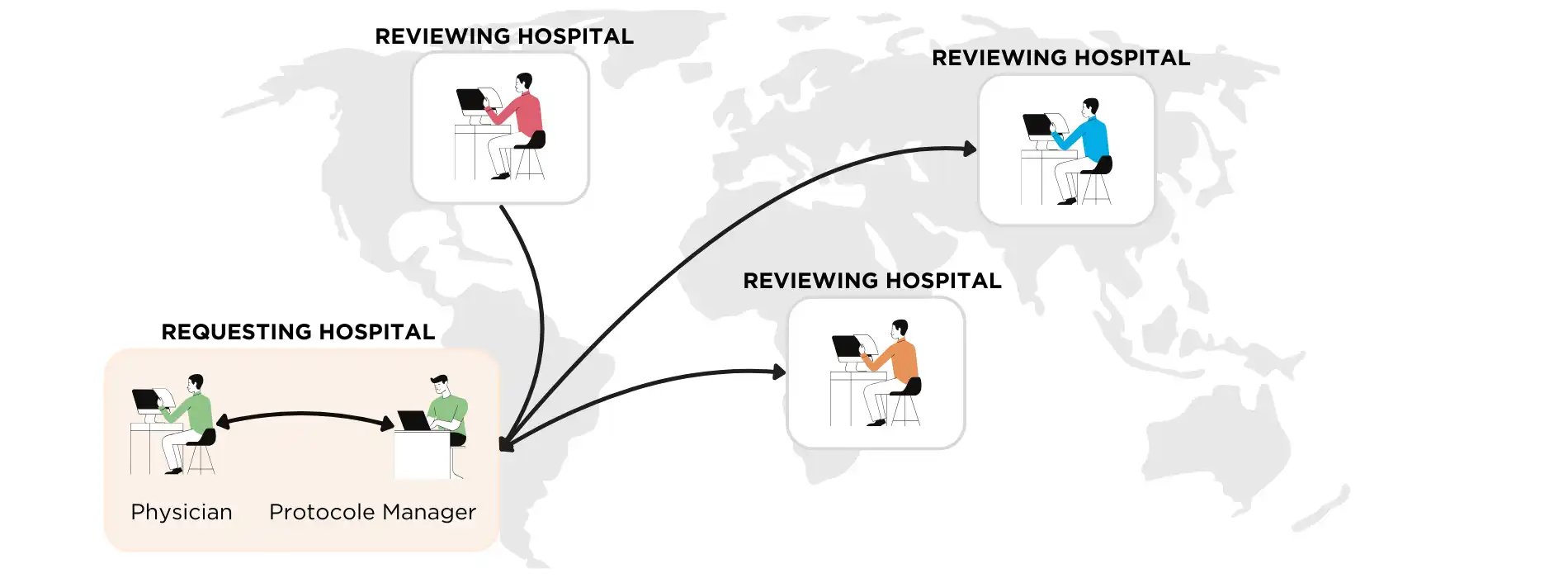Digital pathology represents a shift from traditional histopathological diagnosis using microscopes to virtual microscopy on computers. The digitization of pathology services holds significant promise, providing solutions to the growing workload and complexity of establishing diagnoses in an era of targeted therapies. Below, we present four compelling reasons to embrace digital pathology.
I. Reorganizing Laboratories to Meet Precision Medicine Requirements
In the realm of precision medicine, diagnosis complexity has surged, demanding the integration of diverse and intricate data. Anatomic Pathology plays a pivotal role in precisely determining diagnoses, prognoses, and responses to targeted therapies, especially in oncology. The intricate examination of tumours and their microenvironments is crucial for optimal therapeutic decisions, making diagnosis both complex and time-consuming.
To address the challenges posed by precision medicine and the increasing workflow amid a global shortage of physicians, anatomic pathology laboratories must adapt. Centralizing samples on technical platforms streamlines tissue preparation, optimizes resources, and enhances productivity. Furthermore, centralized platforms facilitates subspecialization among pathologists, improving diagnostic accuracy and knowledge sharing. Digital Pathology facilitates seamless communication among technical platforms and physicians, fostering collaboration and providing access to time-saving visualization tools.
Telepathology Platform Representation for Remote Case Sharing, Fostering Better Collaboration
II. Tackling Increased Workload with Time-saving Measures
Laboratory workloads are surging alongside the rising number of cancer cases, while the number of pathologists remains stagnant or declines. Transitioning to digital pathology offers significant productivity gains, with users reporting efficiency boosts of 10% to 30%. Digital workflows eliminate time-consuming sorting and allocation tasks, allowing pathologists to focus on analysis and interpretation.
Moreover, artificial intelligence (AI) algorithms automate repetitive tasks, enabling pathologists to study more cases efficiently. AI algorithms enhance diagnostic accuracy by automating cell counting and identifying diagnostically relevant tumour areas. Pathologists can focus on interpreting data, leveraging AI to support decision-making.
III. Improving Work Convenience and Flexibility
Digital pathology enhances work convenience and flexibility, overcoming limitations of traditional microscopy-based diagnoses. Remote access to digital slides facilitates telework, it also has the potential to reduce physical footprint of pathology laboratories. Pathologists experience improved ocular and musculoskeletal comfort, with digital tools simplifying morphological interpretations and facilitating collaboration.
Digitization enables comprehensive slide examination without physical movement, streamlining workflow and enhancing efficiency. Digital archiving solutions ensure data retention, enabling easy retrieval for diagnosis, education, and AI development.
Artificial intelligence algorithms embedded in an Image Management System streamline workflows, enabling pathologists to focus on data interpretation
IV. Enhancing Security & Traceability of Diagnosis
Digital pathology offers many benefits. It reduces the risks associated with slide transport and enhances their security through automated handling and connection with patient records. Robust digital security measures ensure data integrity and restrict access to authorized individuals. Comprehensive traceability functions enable real-time tracking of actions and improve the slide preparation process. Quick access to patient records optimizes resource utilization, resulting in cost savings and improved productivity.
In conclusion, digital pathology empowers pathologists to deliver faster, more accurate diagnoses, driving advancements in personalized cancer treatment. With digital pathology, specialists worldwide can collaborate seamlessly, accelerating diagnosis and improving patient outcomes. Digital pathology holds immense potential for transforming pathological diagnosis with increased confidence and efficiency.
Experience the power of digital pathology firsthand. Schedule a personalized demo with one of our experts to see how Tribun Health award-winning solutions can optimize your pathology workflow.
Sources
- Stephan W. Jahn, Markus Plass and Farid Moinfar. November 2020. Digital Pathology: Advantages, Limitations and Emerging Perspectives , J Clin Med. 2020 Nov; 9(11): 3697.
- Andrey Bychkov, Michael Shubert. February 2023. Constant Demand, Patchy Supply. The first comprehensive study on the global pathologist workforce...
- World Health Organization. February 2022. Cancer.
- Digital Pathology: Transforming Diagnosis in the Digital Age. Cureus. 2023 Sep; 15(9): e44620.





.png?width=256&height=256&name=customer-service(1).png)



.png?width=64&height=64&name=calendrier(1).png)
.png?width=64&height=64&name=communique-de-presse(1).png)
.png?width=64&height=64&name=livre(1).png)
.png?width=64&height=64&name=blog(2).png)











